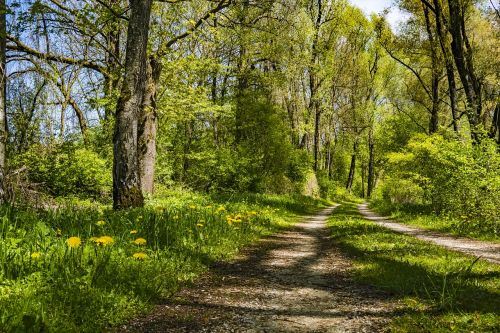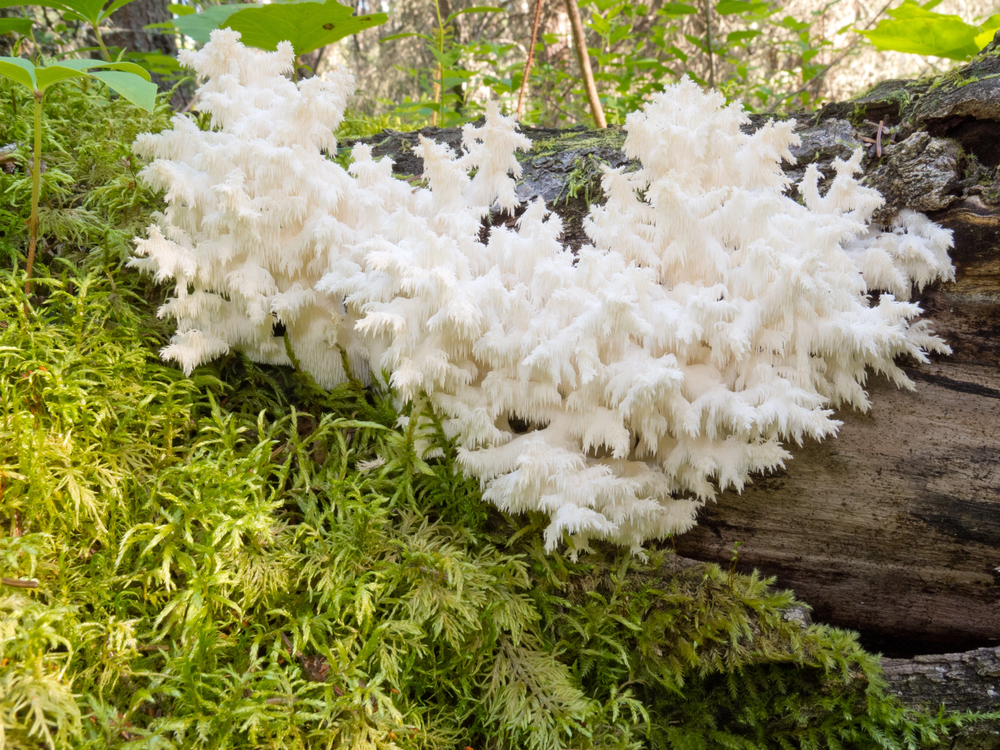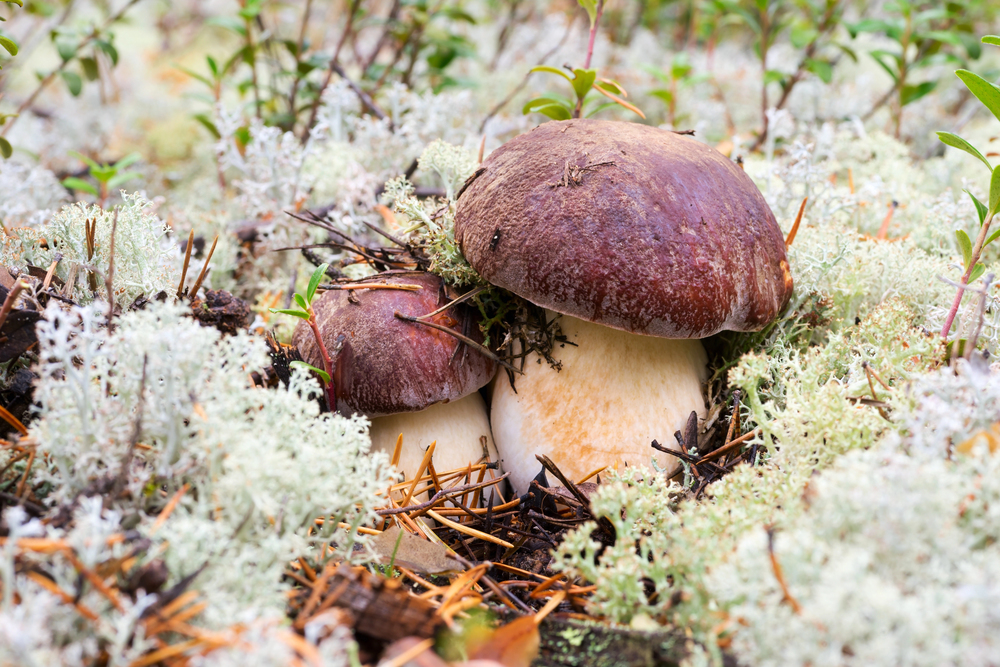Among the intriguing species is Tricholomopsis decora, commonly known as the Prunes and Custard mushroom, which belongs to the Tricholomataceae family. Originally described by the Swedish mycologist Elias Magnus Fries in 1821 as Agaricus decorus, this species underwent significant taxonomic revisions, with Rolf Singer reclassifying it into the newly defined genus Tricholomopsis in 1939, reflecting the evolving nature of fungal classification.
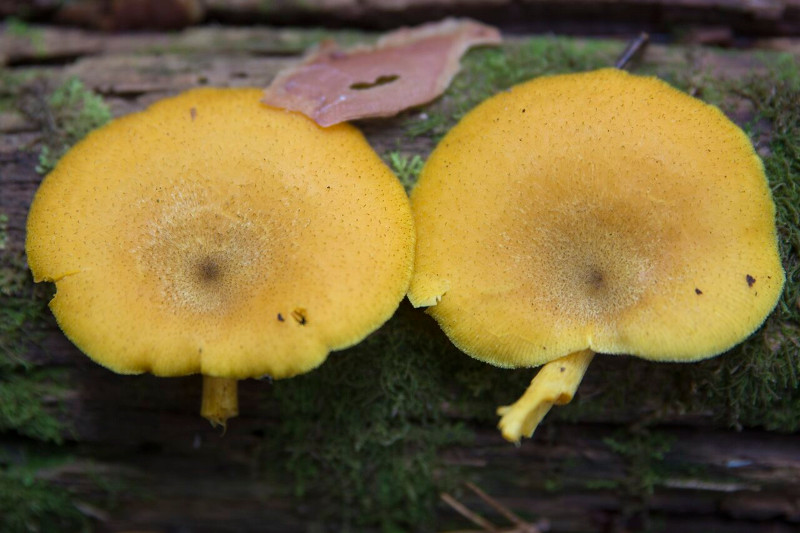
Etology
The name “Tricholomopsis” indicates a resemblance to the Tricholoma genus, with “tricho-” meaning hair and “lomos” referring to sections. The specific epithet “decora” highlights the ornamental qualities of this mushroom. Understanding its synonyms—such as Clitocybe decora and Tricholoma decorum—further emphasizes the complexity of fungal taxonomy.
Habitat and Distribution
Tricholomopsis decora is primarily found in North America and Europe, especially in coniferous forests. This captivating mushroom flourishes from June to October, thriving on conifer stumps, fallen trunks, and aging untreated pine fence posts. While it is rare in southern Britain and Ireland, it has a more favorable status in Scotland and is also recorded in several northern European countries.
Key distribution characteristics include:
- Habitat Preference: Mostly found in coniferous woodlands, highlighting its affinity for these ecosystems.
- Geographic Variation: More common in Scotland compared to southern regions of Britain and Ireland.
- Seasonal Appearance: The mushroom’s growth season extends from early summer to autumn, offering a limited opportunity for enthusiasts to encounter it.
Tricholomopsis decora is a rare species that highlights the intricate connections within forest ecosystems. It showcases the beauty and diversity that thrive in our woodlands.
Key Identification Features
Identifying Tricholomopsis decora involves careful observation of its distinct physical characteristics. The cap is a striking golden yellow, adorned with fine grey-brown scales that are primarily concentrated towards the center. It starts convex and matures into a broadly umbonate or nearly flat shape, often featuring a shallow central depression. When fully expanded, the margin exhibits a slightly wavy appearance, measuring between 4 to 10 centimeters in diameter.
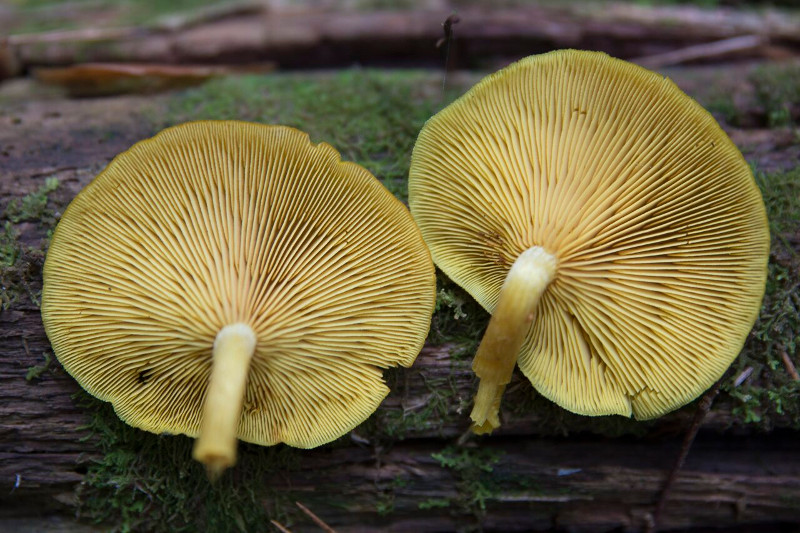
The gills of T. decora are pale to deep yellow, sinuate, and crowded, contributing to its distinctive look. Its stem stands at 5 to 10 centimeters tall and has a diameter of 0.6 to 1.6 centimeters. It features a pale yellow background covered in fine brown scales and importantly lacks a stem ring.
For spore enthusiasts, the spores are ellipsoidal and smooth, measuring 6-8 x 4-5 micrometers, with a white spore print. Differentiating this mushroom from its close relative, Tricholomopsis rutilans, which features a wine-red cap and stem scales, enhances understanding of the unique characteristics of Prunes and Custard.
Culinary Considerations
While the vibrant appearance of Tricholomopsis decora may attract foragers, it’s important to avoid this species due to its bitter taste and inedibility. Its enticing name can mislead those eager to explore the culinary potential of wild foraging. Often mistaken for more palatable relatives, this plant may not be as enjoyable as it seems. Unfortunately, its flavor profile resembles that of its better-known cousin, Tricholoma rutilans, also known as Plums and Custard, which is similarly inedible.
When considering mushrooms for culinary endeavors, prioritizing safety and flavor is essential. Here are some key points to remember:
- Taste vs. Appearance: Beautiful mushrooms can be deceiving; always verify edibility.
- Culinary Value: Focus on species renowned for their taste; many safe alternatives exist.
- Foraging Education: Engage with knowledgeable foragers or reliable guides to improve your mushroom identification skills.
In the world of wild mushrooms, knowledge is vital. Balancing the desire for freedom in foraging with a commitment to safety and informed choices is essential for ensuring a rewarding experience in nature’s bounty.

